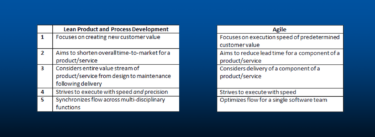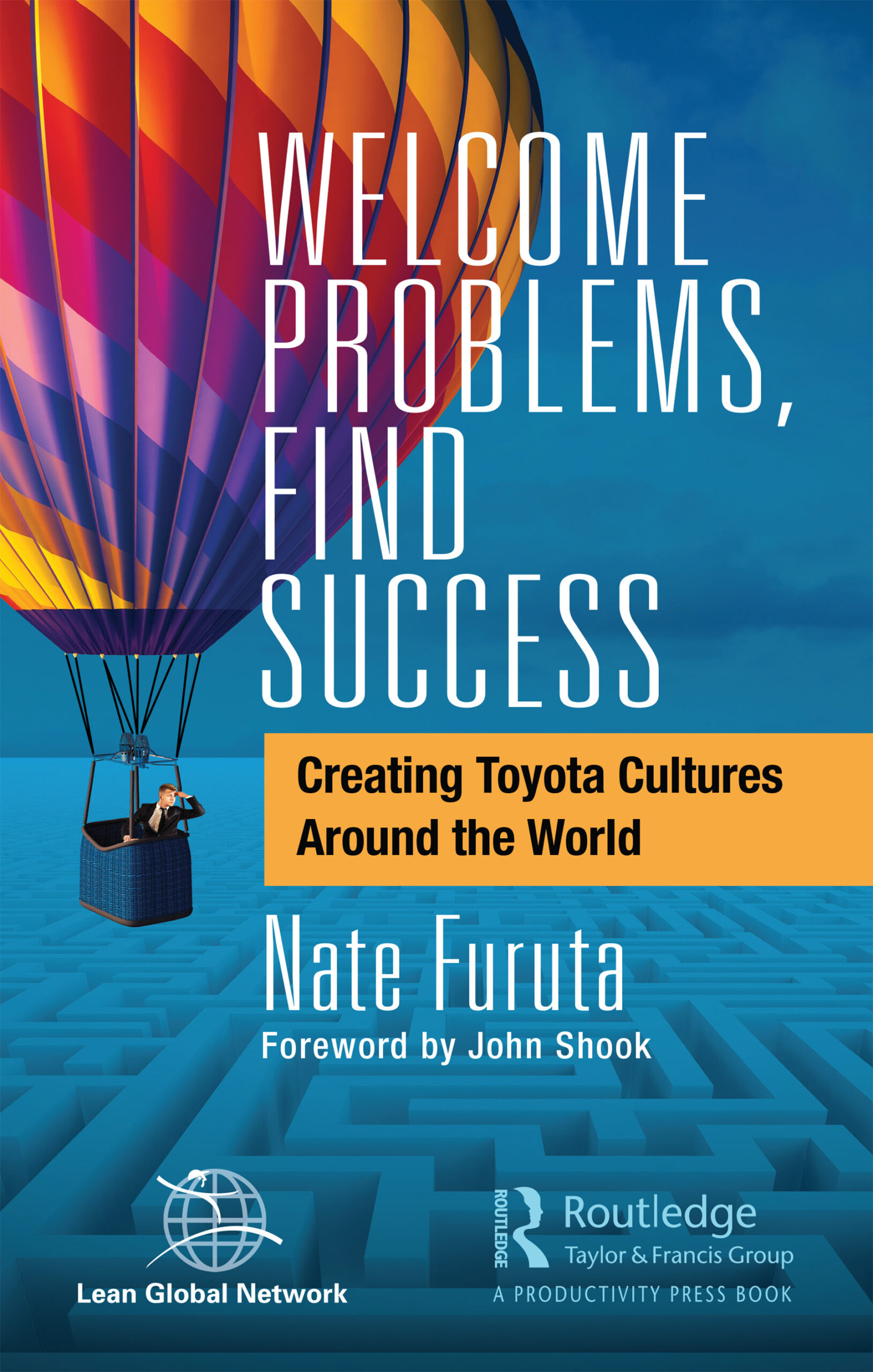The chief engineer (CE) has become iconic in product development folklore, and rightly so. As my former colleague, Hau Tai Tang once said, it is the ultimate stand-and-deliver job.
Whether airplane, automobile, or earth mover, it is the CE’s product and he or she is totally responsible. My co-author, Jeff Liker, and I have written extensively on the roles, responsibilities, and the critical characteristics of successful CEs. We have shared these, and many stories of successful CEs in The Toyota Product Development System, in Designing the Future, and elsewhere. Other authors, such as this month’s Design Brief contributors Lara Harington and Steve Shoemaker, have shared their experiences in the position.
In this Design Brief, I will talk about what may be the most important attribute of the CE. The CEs we have worked with have been truly diverse. Consequently, it’s hard to say exactly what the makeup of a great CE is.
Sure, the ability to communicate, technical acumen, understanding the customer, entrepreneurial risk-taking, and just plain grit are all important. But in the end, I believe that inspiring a technically diverse group of people to focus on a common goal and work together to create new value for their customer may be the ultimate test of an outstanding CE. I say “inspire” because the role typically has little direct authority over the people working on their program. And that’s just one reason why the job can be so tough.
An unnatural act: value-stream focus
Individual people and individual functions naturally want to optimize locally -– to focus on “their deliverables.” Worse, many organizations reward local and individual performance, even at the expense of the company. The CE must overcome this powerful organizational inertia and get people to commit to the almost unnatural act of value stream optimization. In other words, get the entire organization—design, procurement, manufacturing, service, etc.—rowing in the same direction.
The CE must overcome this powerful organizational inertia and get people to commit to the almost unnatural act of value stream optimization.
This means overcoming egos, culture, and deeply embedded thinking. Why? Because to create the most value for their customer, they need to think about the entire value stream -– and how to leverage it to provide the best possible outcome. Because the customer doesn’t care how good any individual department is, except to the degree that it contributes to the value they ultimately experience. In other words, to be successful, the CE must be a horizontal, value-stream thinker in a vertical world.
There have been many outstanding CEs who have demonstrated this capability. Just a few of my favorites include Boeing’s Joe Sutter whose grit and creativity enabled him to rally his team and successfully persevere in his legendary battles with Pan Am’s Juan Trippe and create the iconic 747. Lisa Drake, whose incredible attention to detail and ability to work effectively across functions all along the value stream, brought the first ever Ford Lincoln C class SUV to life. Ichiro Suzuki, the uncompromising first CE of Lexus, whose passion and vision inspired his team to work together to create both a breakthrough car and a successful brand. Takashi Uchiyamada leveraged obeya management to unite disparate technical specialists together to create the game-changing Prius at Toyota. Every one is a phenomenally gifted chief engineer.
Best of the best
But for my money, the best of the best is Alan Mulally. Why? Well, to start, he led the development of the path-breaking flight management systems for the Boeing 757 and 767. Then he went on to lead the development of the 777, Boeing’s first fly-by-wire aircraft, and the best-selling wide-bodied aircraft of all time. The triple seven is arguably Boeing’s best product ever. As president of Boeing Commercial Aircraft, he saved it after orders tanked and shares plummeted following the 9/11 attacks in 2001. He led the commercial division to record sales by the time he left in 2006.
And for an encore? He refused taxpayer handouts and rescued Ford Motor Company from certain death. And he did it all using the same Working Together management system.
Mulally’s principles and practices, such as the weekly business plan review, have been well documented in books like American Icon and Designing the Future. There was one team, one plan, and one goal. Transparency, trust, and accountability were key. Everyone knew the plan, the goal, and their responsibility. Everyone was included and the focus was on our customer. But books can’t capture what it was like to be a part of the team.
His leadership behaviors and Working Together system both inspired and enabled us to do more and be more than we ever thought possible. I was fortunate enough to meet Alan early in his Ford tenure and meet regularly throughout our shared time at Ford, forging a friendship that lasts to this day. However, nearly everyone I meet, no matter where they worked at Ford during the Mulally era, has a personal connection to him. How can that be?!
This quote from Alan goes a long way to helping us understand. “People first. That’s code for I love you as a human being. That’s the purpose of life, to love and to be loved, including everybody. I’ve always respected people. I wanted to help them find meaning in what they are doing. I want to listen to them. I want to appreciate their work. I want to recognize their work.” And everyone felt it – and loved him back. Alan’s love of people and the Working Together system enabled him to have an outsized positive impact on each person, product, and business he connected with. Through it all, he led like a CE.
Perhaps we all should lead that way. As if we had no formal authority and needed to inspire our people to work together. As if we cared about our people and our customer. How about that for this month’s challenge?
Download the latest issue of The Design Brief
Designing the Future
An Introduction to Lean Product and Process Development.







